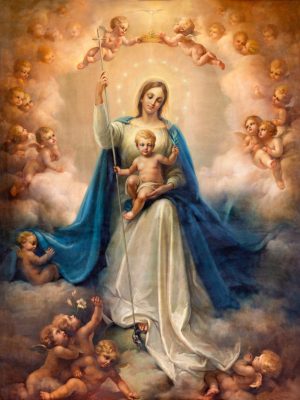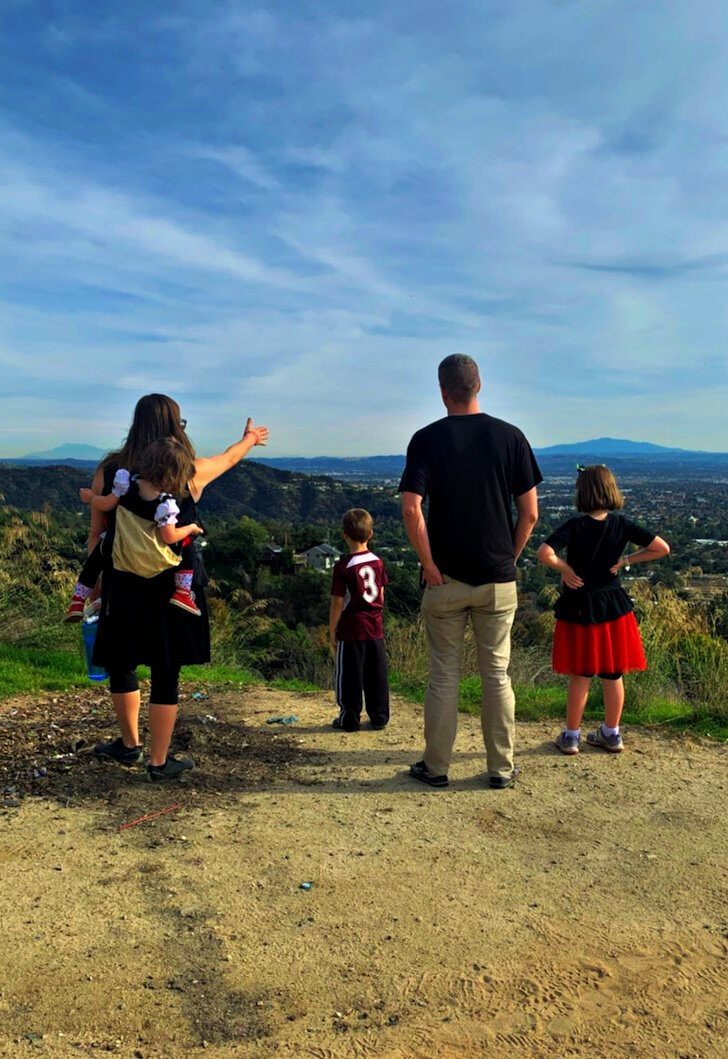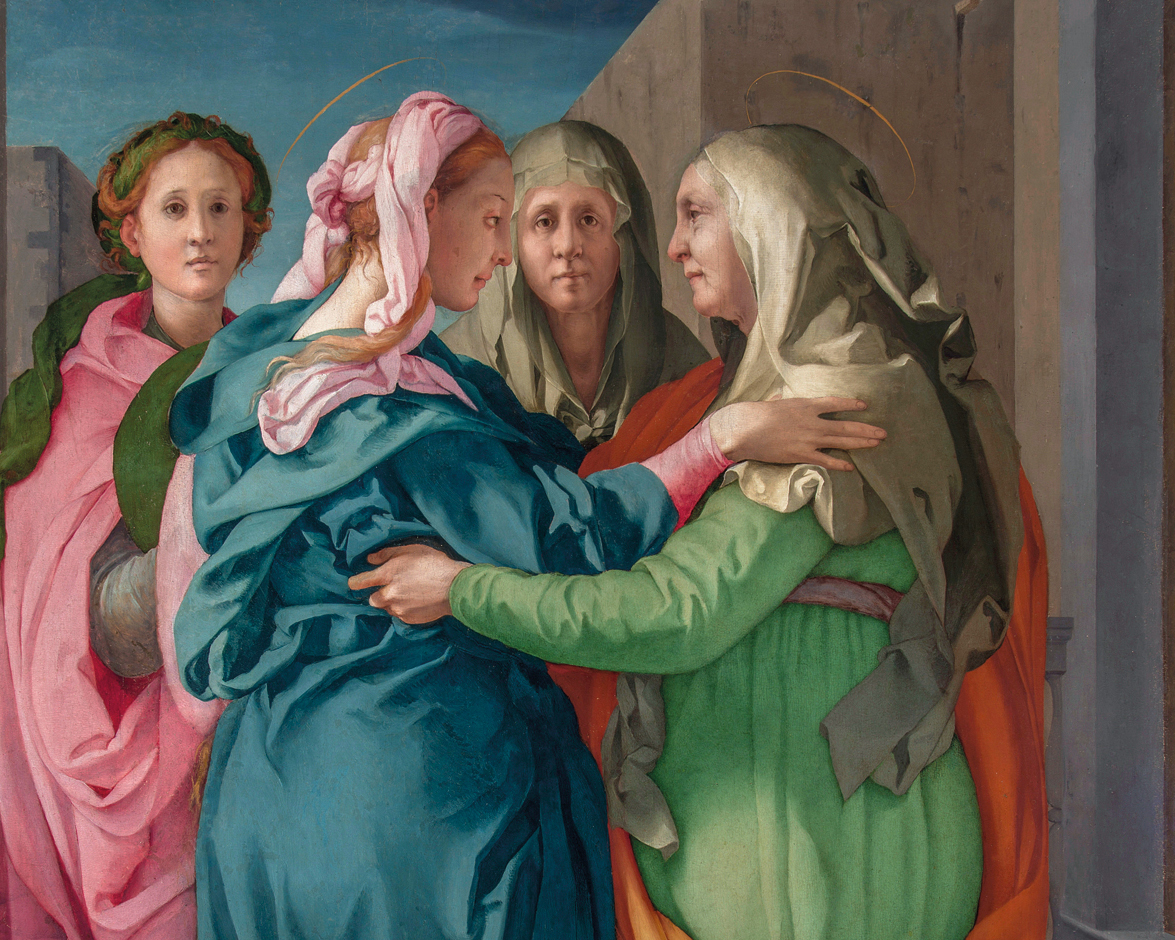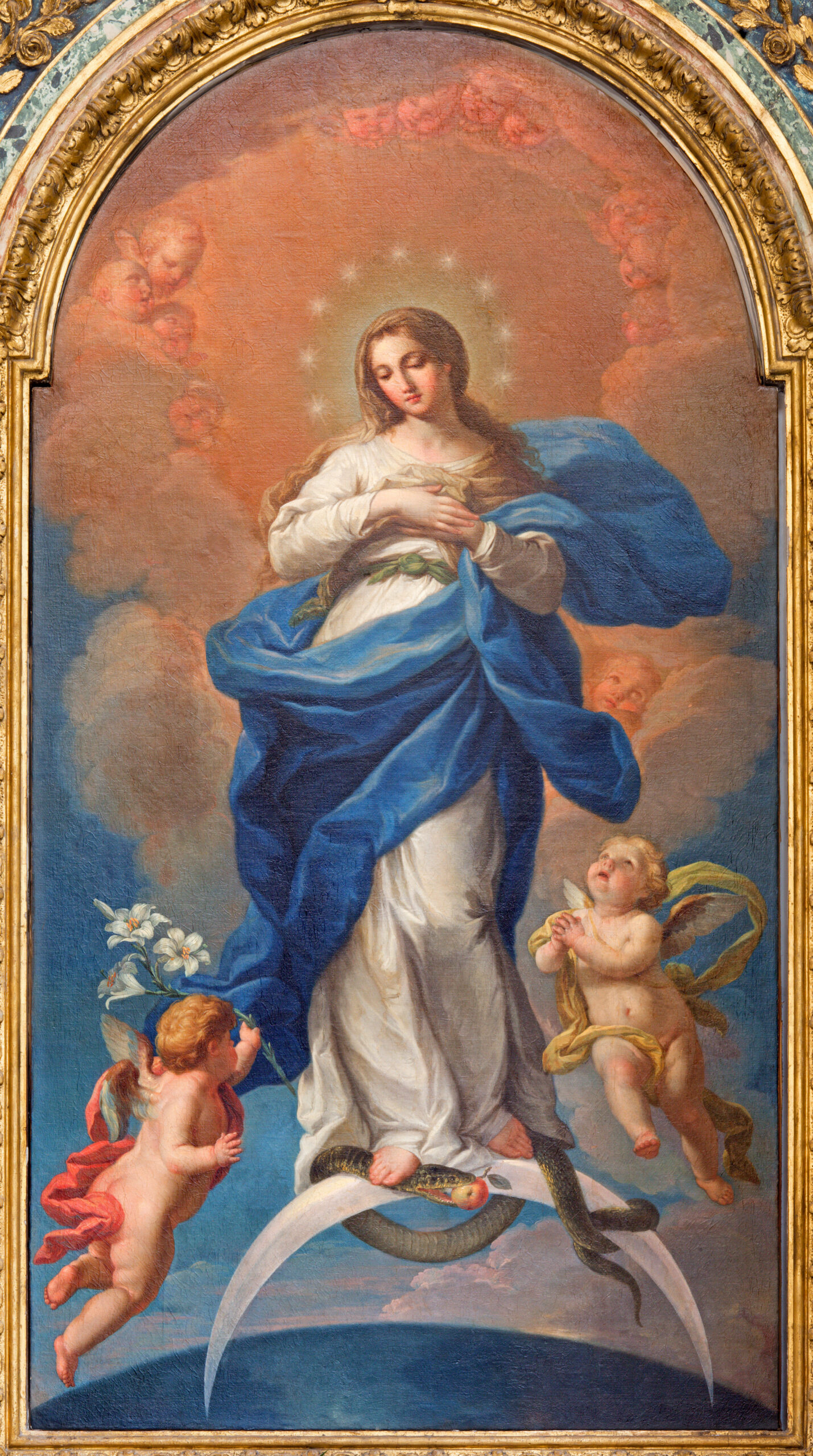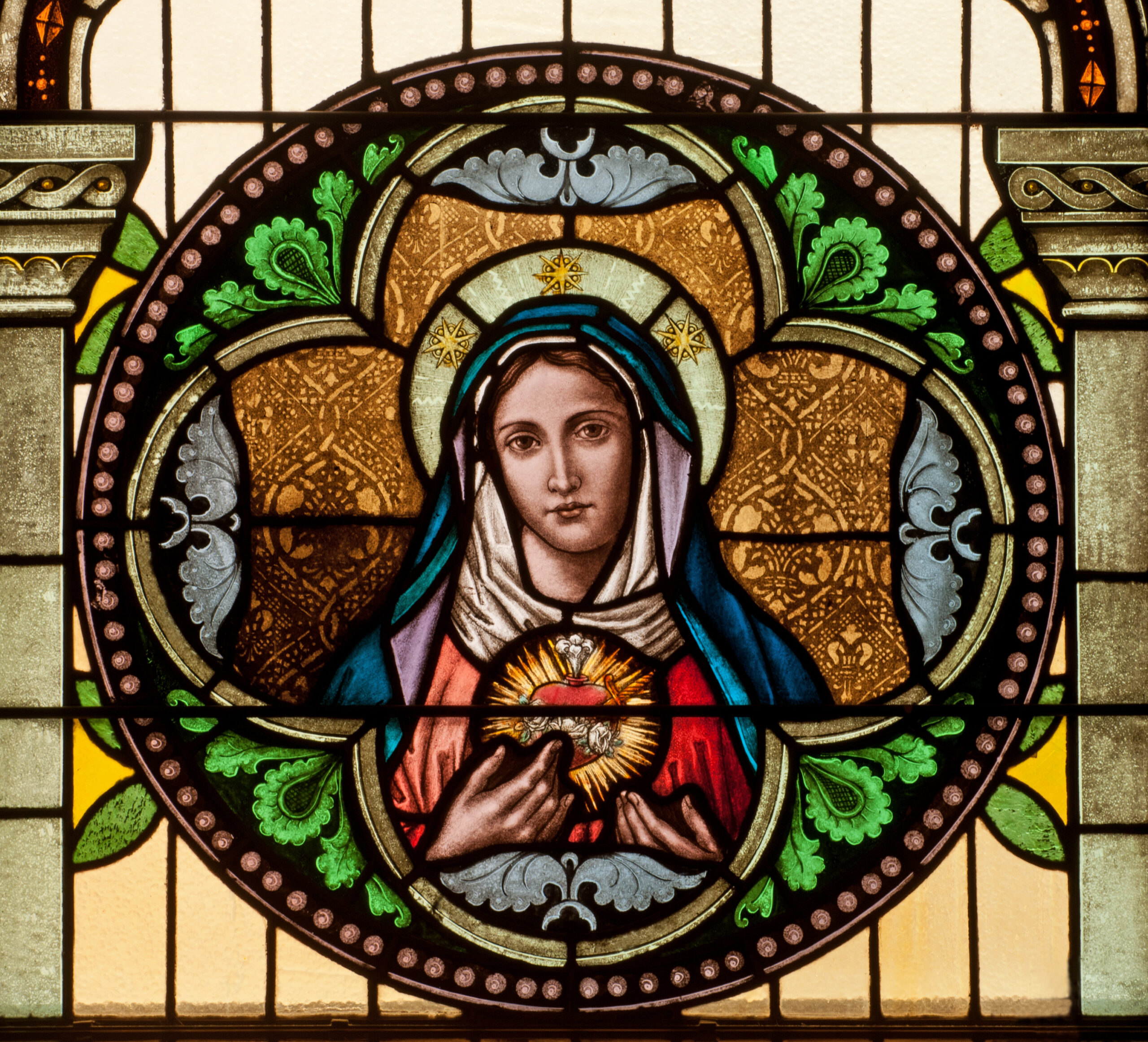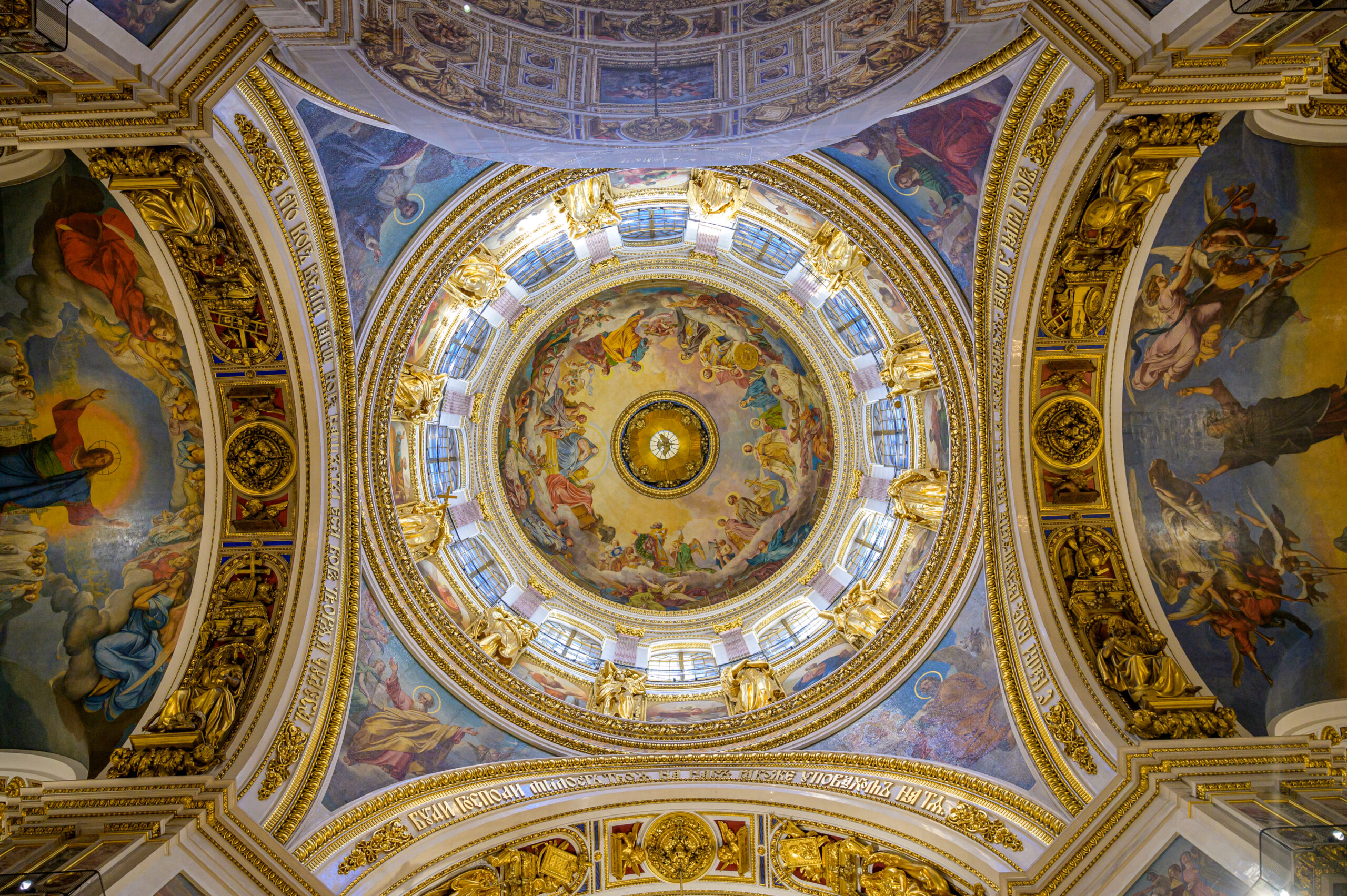In 1871, on the same night as the Great Chicago Fire, America’s most destructive wildfire swept through Wisconsin. People searched for safety in wells and streams. Some covered themselves in mud. A throng of settlers descended on the river, splashing at the water to keep themselves from igniting in the heat.
What isn’t as well-known is the group of Belgian settlers who fled to a small Marian chapel and the miracle that followed. The chapel was the site of an alleged Marian apparition that occurred exactly twelve years earlier. Encircled by the blaze, these pioneers made a procession around the chapel yard carrying a statue of Our Lady. They were led in their prayers by Adele Brise, the one-eyed seer of the apparition. After hours in petition, a downpour extinguished the flames. The fire had devoured an area the size of Delaware, including sixteen towns. More than 1,500 people lost their lives that night, yet the fire hadn’t harmed anyone or anything inside the chapel fence.
The apparition that led settlers to the chapel is known as Our Lady of Good Help. It was approved for veneration by the bishop of Green Bay in 2010 and is now the first diocesan level Church-approved Marian apparition in America. The chapel, now called Champion Shrine, has been elevated to national status by the USCCB. TAN Books has published my new book on the subject, The Woman in the Trees.
The miracle of the fire in 1871 was seen by many as a confirmation of the message Our Lady gave to Adele Brise in 1859. Although Our Lady of Good Help spoke in a specific historical situation—namely, that of American pioneers—her message remains an antidote for today’s intensifying external attacks on the Church and widening internal divisions. According to a 2019 Pew Research poll, 69 percent of American Catholics do not believe in the Real Presence of Jesus Christ in the Eucharist. Considering the loss of faith we see today, Our Lady’s message is more urgent than ever.
The seer of this apparition, Adele Brise, was born in Belgium and immigrated with her family. She was twenty-eight years old and carrying wheat to a mill when Our Lady first appeared to her. On that day, Our Lady hovered in between two trees and then, without uttering a word, vanished. The second time Mary appeared, Adele was on her way to Mass. Again, a beautiful woman with blond hair, a yellow sash, and twelve stars around her head said nothing. On the advice of her priest, when Our Lady appeared a third time, Adele asked who she was.
In response, Our Lady introduced herself as “the Queen of Heaven who prays for the conversion of sinners.” Then, she thrust Adele into a mission: “Gather the children in this wild country and teach them what they should know for salvation. . . . Teach them their catechism, how to sign themselves with the sign of the Cross, and how to approach the sacraments.”
Adele was uneducated. She couldn’t read or write beyond keeping simple expense records near the end of her life. However, she was catechized by Ursaline Sisters in Belgium and had promised Our Lady with some friends that she would join a missionary order. Adele loved the Faith and immediately accepted her new vocation as catechist.
The Green Bay peninsula where Adele lived was a wilderness full of wild animals and trees that often spanned three feet across. Settlers were cut off from access to churches and priests. At the time Our Lady of Good Help appeared, these Belgians had been deprived of any sources of encouragement or formation in the Catholic faith for over five years. The Catholics of the region were becoming apathetic.
To fulfill Our Lady’s command, Adele travelled from home to home, sometimes going as far as fifty miles on foot. Even during frigid winters, she brought catechism lessons to families, offering to help with chores in exchange for time with the children. Trekking up and down the peninsula was so laborious that her health suffered. Her priest convinced her to raise the money for a school near her chapel in lieu of travelling. Adele ran the school with a group of women, who all lived as Third Order Franciscans.
In the later part of the century, Adele and her flock faced another threat more perilous than the wilderness or the firestorm they had survived. The threat was a lapsed Catholic from France named Joseph Rene Villate.
Villate was a priest in the “Old Catholic Church.” Old Catholics were part of a schismatic sect that denied the Immaculate Conception, papal infallibility, and the sacrament of Penance. The sect believed it was rescuing Catholics from slavery to Rome and “ultramontism.”
Villate’s religious adherence was erratic. He was part of a phenomenon known as the “wandering bishops.” He studied with a Catholic order in Canada but left after hearing the sermons of an Old Catholic preacher. When he returned to Catholicism, he joined another order, only to leave again for the same reason. Eventually, he opened a mission on the Green Bay peninsula with funding from the local Episcopal bishop. He wrote his own “Catechisme Catholique” and was excommunicated by the Catholic archbishop of Paris.
Villate sought ordination as a bishop from any ecclesial body that would have him. When the Old Catholics of Germany would not elevate him, he travelled to Ceylon (Sri Lanka) and became archbishop in a newly formed schismatic sect. Upon returning to America, he ordained himself “bishop” of several sects, including the Independent Polish Catholic Church, the Italian Old Catholic Church, the Mexican Old Catholic Church, and the National American Catholic Church. In a Welsh abbey, he performed the ordinations of bishops and priests for the break-away Ancient British Church using the Roman Rite. Though he considered himself a bishop to his death, he did repent of performing ordinations and seducing some fifty thousand Catholics. At the request of Pope Pius X, Villate lived the rest of his life in French abbey, attending daily Mass.
Adele came face-to-face with Villate when he built his Old Catholic mission twenty miles from her community. He ran another parish only eight miles away. At that time, Villate had five hundred followers, and Adele was so concerned that she met at the chapel with others to pray for the protection of local Catholics from the allurements and division of this schismatic “bishop.”
The legitimate bishop of Green Bay sent for reinforcements. Two Norbertine priests sailed from Holland to minister in the area. One of them inaugurated an annual pilgrimage to the chapel to beseech Our Lady of Good Help to protect the settlers from Villate. Finally, in 1898, the Catholic Citizen reported that Villate had “been left flockless, churchless, and landless,” and he went away and left the peninsula.
Villate attracted followers from all the ethnic groups and churches on the peninsula except the Belgians, who were always described as strict Catholics. It is true that they were a tight-knit community because of their common tongue (French), but Villate also spoke French. Instead, it seems clear that they would not be persuaded away from the Catholic faith because they were certain of its teachings. Many of them had come to know their catechism through Adele.
Today, Catholics face a thousand Villate’s all clamoring to not only steal them away from the Church but to convince them that they are in the ship sailing safely toward heaven when in fact many have unwittingly leapt out. Villate understood how to do this. He deliberately called himself “Old Catholic” instead of “Presbyterian” because he knew Catholic settlers would outright reject any form of Protestantism. Then, he tricked those Catholics who did not know the history and doctrine of their Church.
Catholic faithful today have also embraced dangerous ideas dressed up in traditionally Catholic terminology, such as those originating in humanism, universalism, naturalism, and religious liberalism. There is proof of this ideological contamination: just look at the 2014 Religious Landscape study conducted by Pew Research. This study showed that 57 percent of Catholics favor same-sex marriages, 48 percent believe abortion should be legal in all or most cases, and only 63 percent believe hell exists. Is there anything in today’s Church that would suggest things have gotten better?
So, how do we respond to Our Lady’s message? How can Catholics teach Children what they do not know themselves? More pressing is this question: How can any Catholic claim to have faith who does not know the teachings of the Church? The Church’s traditional definition of “faith” is the acceptance of all truths God has revealed through the Catholic Church.
Luckily, since the Council of Trent, the Church has tried to explain her primary teachings in catechisms. It is not enough to rely on the Sunday homily for formation. Understanding the how and why of Church teaching requires effort in the home. Reading a catechism is the best place to start—section by section, slowly and mindfully. It is our duty to catechize ourselves so we can teach the children of this “wild country” what they need to know for salvation.
We can do this at the dinner table or in the car, through conversation and family reading. We can volunteer with CCD classes and parish youth organizations, even after the children in our lives have grown. We must do this for them and for future generations of the Body of Christ on earth.
This is the antidote in Our Lady’s message to Adele, for she knew what was on the horizon. She knew the firestorm that was coming, even to the heart of the Church, and the souls that would be devoured by it. We need not be overwhelmed by the task before us, for the Lord rewards those who seek Him (see Heb 11:6). We must remember that Our Lady’s prayers for us are the most efficacious, and we can take refuge in the final words she spoke to Adele, “Go and fear nothing. I will help you.”
Used with permission from the author.



